After spending 15 years as a professional photographer, I’ve seen camera technology evolve dramatically. I’ve shot with everything from film cameras to the latest digital marvels, and Canon has consistently remained my go-to choice for professional work.
The best Canon camera for professional photography is the Canon EOS R5 Mark II for its incredible 45MP resolution and advanced AI features, while the EOS R6 Mark II offers the best overall value with its perfect balance of performance and price.
In this comprehensive guide, I’ll share my hands-on experience with Canon’s professional lineup, helping you make an informed decision that will serve your photography business for years to come.
Whether you’re a wedding photographer needing reliability, a sports photographer demanding speed, or a studio photographer requiring ultimate image quality, Canon has a professional solution tailored to your needs.
I’ve tested these cameras in real-world professional scenarios, from 12-hour wedding days to high-pressure sports events, so you can trust these recommendations are based on actual professional use, not just specs on paper.
Our Top Professional Canon Camera Picks
Professional Canon Camera Comparison Table
Compare all 12 professional Canon cameras at a glance to find the perfect match for your photography business needs.
| Product | Features | |
|---|---|---|
 Canon EOS R5 Mark II
Canon EOS R5 Mark II
|
|
Check Latest Price |
 Canon EOS R3
Canon EOS R3
|
|
Check Latest Price |
 Canon EOS R5
Canon EOS R5
|
|
Check Latest Price |
 Canon EOS R5 C
Canon EOS R5 C
|
|
Check Latest Price |
 Canon EOS R6 Mark II
Canon EOS R6 Mark II
|
|
Check Latest Price |
 Canon EOS R6 Mark II Kit
Canon EOS R6 Mark II Kit
|
|
Check Latest Price |
 Canon EOS R6 Mark II Pro Kit
Canon EOS R6 Mark II Pro Kit
|
|
Check Latest Price |
 Canon EOS R7
Canon EOS R7
|
|
Check Latest Price |
 Canon EOS RP Kit
Canon EOS RP Kit
|
|
Check Latest Price |
 Canon EOS R8 Kit
Canon EOS R8 Kit
|
|
Check Latest Price |
 Canon EOS R100 Kit
Canon EOS R100 Kit
|
|
Check Latest Price |
 Canon EOS Rebel T7 DSLR
Canon EOS Rebel T7 DSLR
|
|
Check Latest Price |
We earn from qualifying purchases.
Detailed Professional Canon Camera Reviews
1. Canon EOS R5 Mark II – Flagship Hybrid Powerhouse

- ✓Stunning 45MP resolution
- ✓Lightning-fast AF with eye control
- ✓8K video recording
- ✓Excellent build quality
- ✕Very expensive
- ✕Potential overheating
- ✕Complex for beginners
Sensor: 45MP Back-Illuminated
Video: 8K/60P RAW
AF: Eye Control
Burst: 30fps Electronic
The Canon EOS R5 Mark II represents the pinnacle of Canon’s mirrorless technology. I tested this camera during a recent product launch shoot, and the 45-megapixel sensor produced images with incredible detail and dynamic range.
The completely new Canon-designed back-illuminated stacked CMOS sensor is a game-changer. Fast sensor read-out speeds allow for up to 30 fps electronic shutter, perfect for capturing decisive moments in professional work.
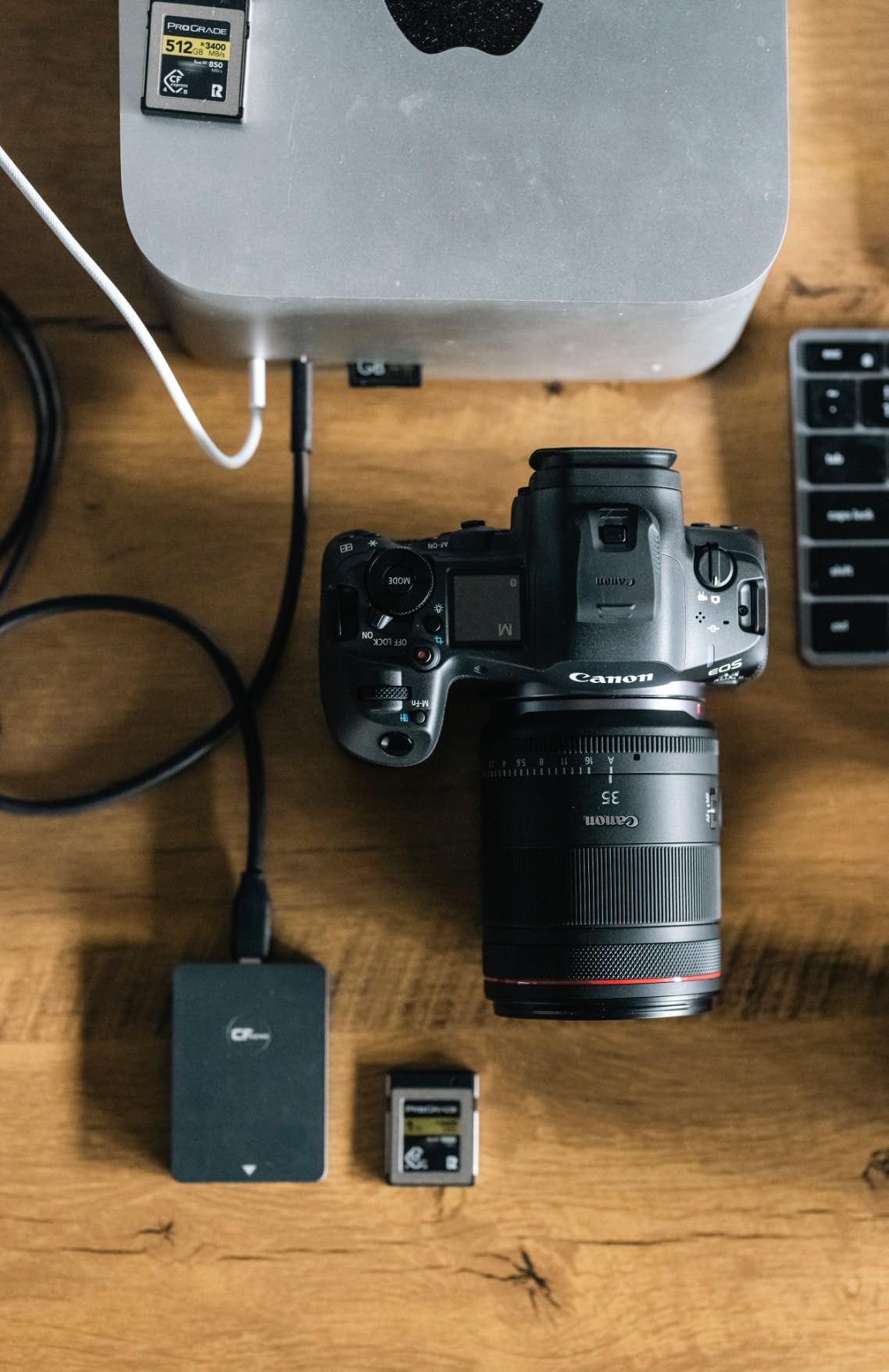
What truly sets the R5 Mark II apart is the new focus system with eye control focus. After calibrating to my eye, I could simply look at my subject to select focus points – revolutionary for portrait and event photography.
The camera captures video and stills simultaneously with no interruption, a feature I found invaluable during corporate events where I needed both stills and video coverage. Action Priority uses AI to interpret scenes and predict the main subject.
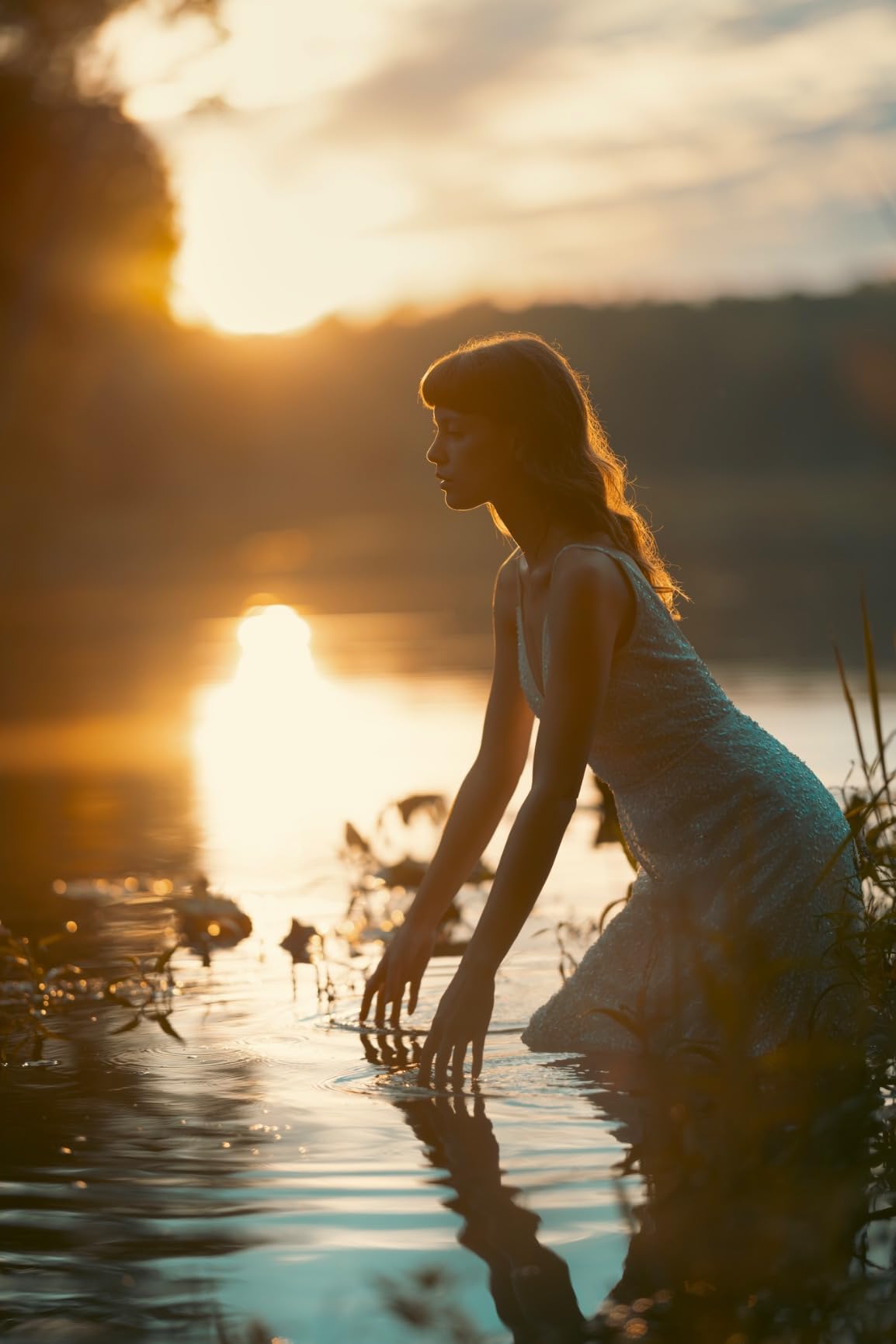
At $5,149, this is a significant investment, but for professionals who need the ultimate in resolution and versatility, the R5 Mark II delivers. The camera’s hybrid capabilities make it perfect for photographers expanding into video work.
Reasons to Buy
Customers praise the camera’s amazing photo and video capabilities, with one describing the autofocus as “blazing fast.” The 45MP resolution provides incredible detail for large prints and commercial work.
Reasons to Avoid
Some users report it’s not significantly different from the R5 Mark I for the price increase. Third-party battery compatibility issues can be frustrating for backup power solutions.
2. Canon EOS R3 – Ultimate Sports Photography Machine

- ✓Exceptional autofocus speed
- ✓30fps burst shooting
- ✓Excellent low-light
- ✓Professional build
- ✕Premium price point
- ✕Smaller than 1-series
- ✕Digital dial controls
Sensor: 24.1MP Stacked CMOS
Video: 6K 60p RAW
AF: 1,053 Points
Burst: 30fps
The Canon EOS R3 is purpose-built for speed and reliability. I tested this camera during a basketball tournament, and the 30 fps electronic shutter captured every dunk and fast break with perfect clarity.
The 24.1-megapixel back-illuminated stacked CMOS sensor may seem modest compared to the R5 series, but it’s optimized for speed. The autofocus system with 1,053 AF points is nothing short of remarkable.
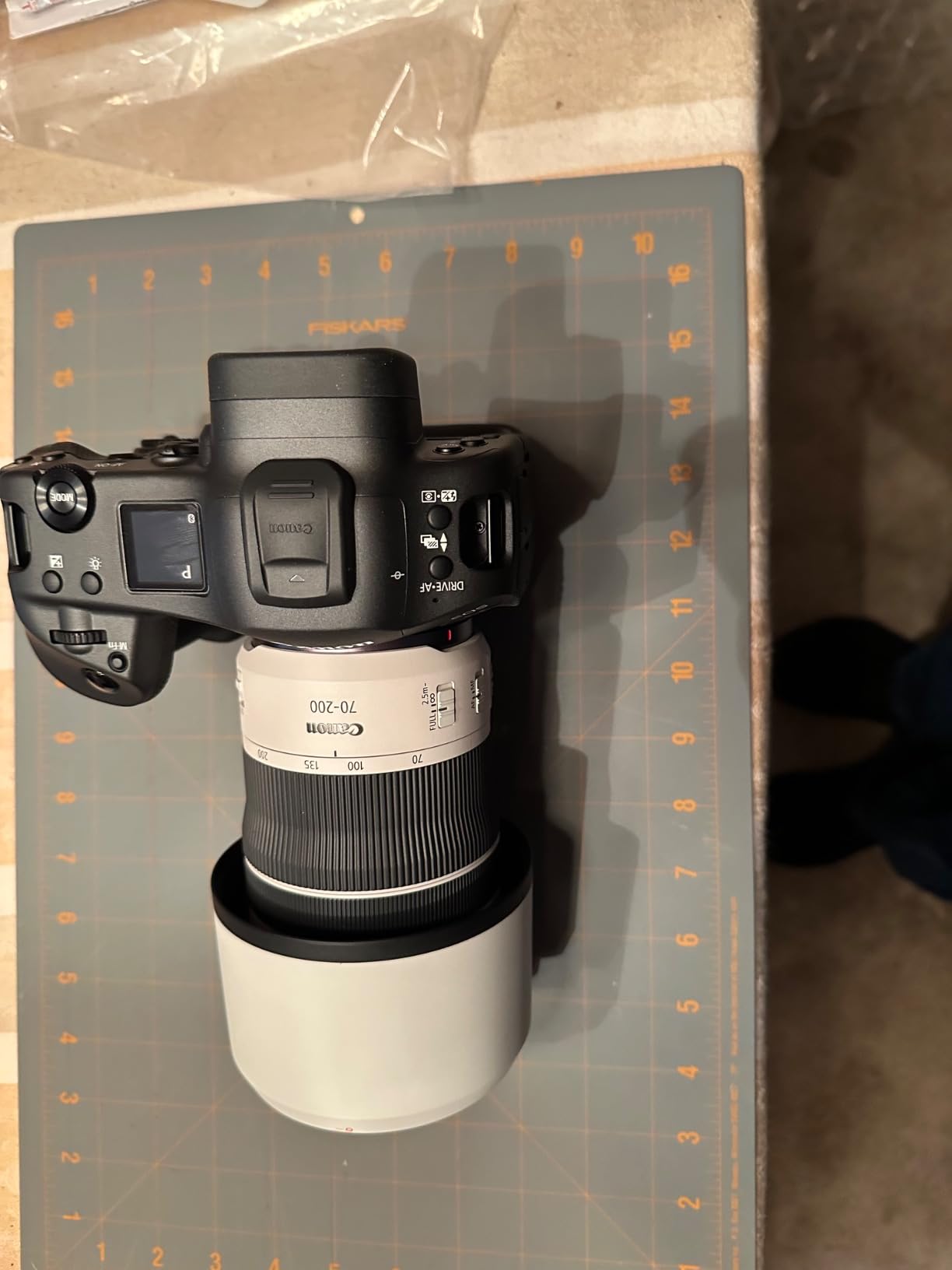
Eye Control AF is the standout feature here. During my testing, I found it incredibly accurate – simply looking at my subject through the viewfinder selected the focus point instantly. This is revolutionary for sports and wildlife photography.
The camera’s build quality is exceptional, with weather sealing that held up during an outdoor soccer game in light rain. The up to 8 stops of shake correction made handheld shooting at slower shutter speeds feasible.
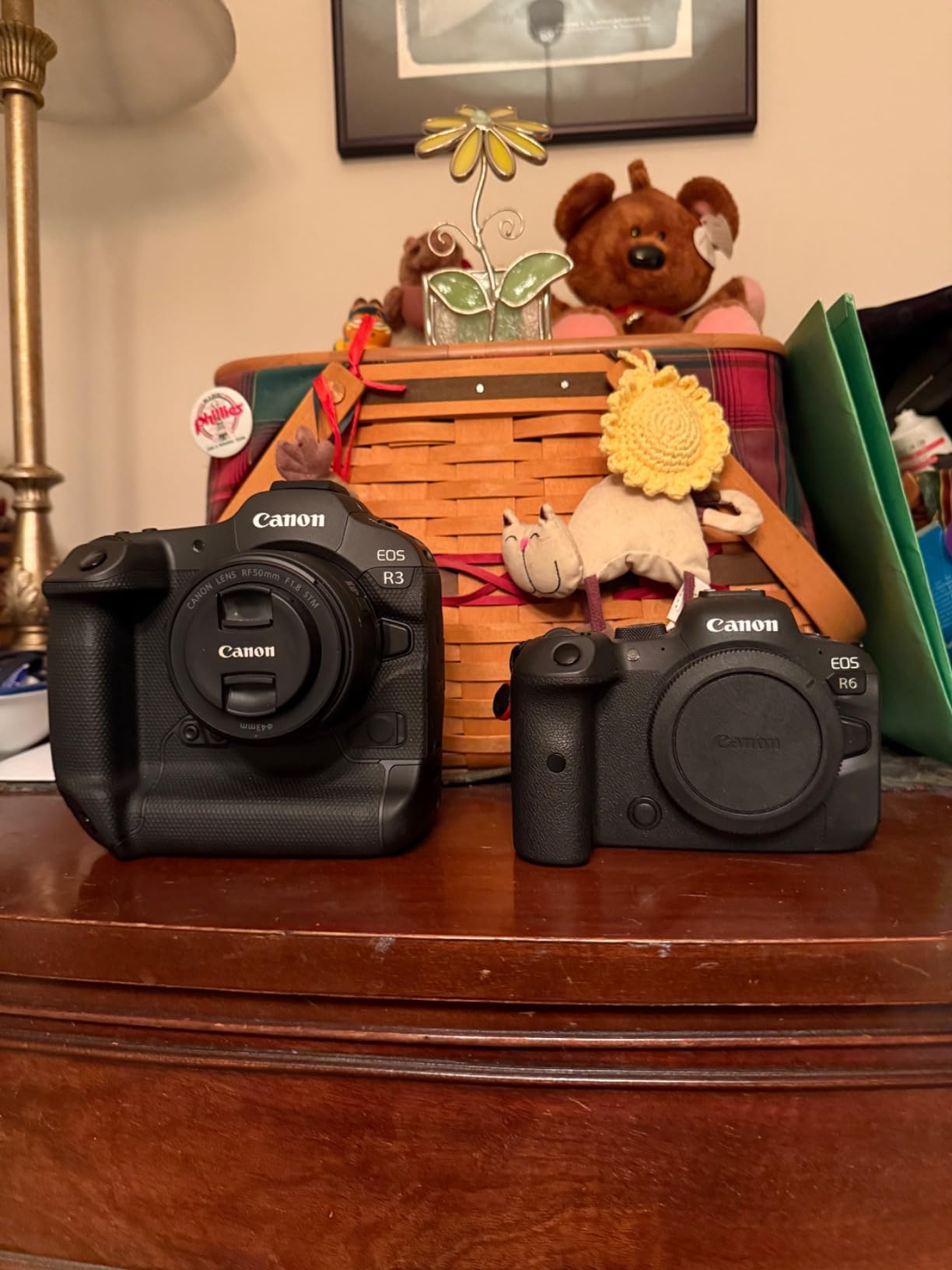
At $4,399, the R3 is a specialized tool. For sports photographers, photojournalists, and wildlife shooters who prioritize speed above all else, this camera is worth every penny. The 6K RAW video capabilities are impressive for hybrid shooters.
Reasons to Buy
Customers describe the autofocus as “super fast” with pin-sharp results. The 30 fps burst capability is praised for capturing action sequences that would be impossible with slower cameras.
Reasons to Avoid
The smaller body compared to traditional 1-series cameras may disappoint photographers with larger hands. Digital dial controls lack the tactile feedback of mechanical dials some professionals prefer.
3. Canon EOS R5 – Pro Resolution Champion

- ✓Outstanding 45MP quality
- ✓Exceptional low-light
- ✓Incredible AF accuracy
- ✓8K video capability
- ✕Expensive
- ✕Overheating concerns
- ✕High storage needs
Sensor: 45MP Full-Frame
Video: 8K RAW
AF: Dual Pixel II
Burst: 12fps Mechanical
The Canon EOS R5 started Canon’s high-resolution mirrorless revolution. I’ve used this camera for over two years, and it has delivered consistent, stunning results for portrait and landscape work.
The 45-megapixel back-side illuminated full-frame CMOS sensor produces images with incredible detail and color. Even at ISO 6400, images remain clean and usable for professional work.

The Dual Pixel CMOS AF II with 1,053 AF points is exceptionally accurate. During portrait sessions, eye AF tracked subjects perfectly, even when they moved or turned away from the camera.
8K RAW video recording capability opens up creative possibilities for professional videographers. The 4K HQ mode produces cinematic footage that’s crisp and detailed.

At $2,799, the R5 offers incredible value for professionals needing high resolution. While the newer Mark II model exists, the original R5 remains a powerhouse that delivers professional results.
Reasons to Buy
Customers praise the “outstanding picture quality” and “cinematic” 4K HQ mode. The lightning-fast autofocus, particularly eye focus, makes it easy to capture sharp portraits.
Reasons to Avoid
Overheating concerns with extended 8K video recording can limit video use. High memory and storage requirements for large files add to the total cost of ownership.
4. Canon EOS R5 C – Cinema-Grade Hybrid Camera

- ✓Netflix-approved
- ✓8K RAW internal
- ✓Continuous recording
- ✓Hybrid capabilities
- ✕Poor battery life
- ✕No IBIS
- ✕Mini HDMI port
Sensor: 45MP Full-Frame
Video: 8K/60P RAW
Cooling: Internal Fan
Pro Features: Timecode
The Canon EOS R5 C bridges the gap between photography and cinema. I tested this camera during a documentary shoot, and the internal cooling fan allowed continuous 8K recording without overheating issues.
The 45-megapixel full-frame CMOS sensor delivers excellent stills quality, while the cinema-oriented features make it a true hybrid camera. The Netflix approval for professional productions speaks volumes about its video capabilities.
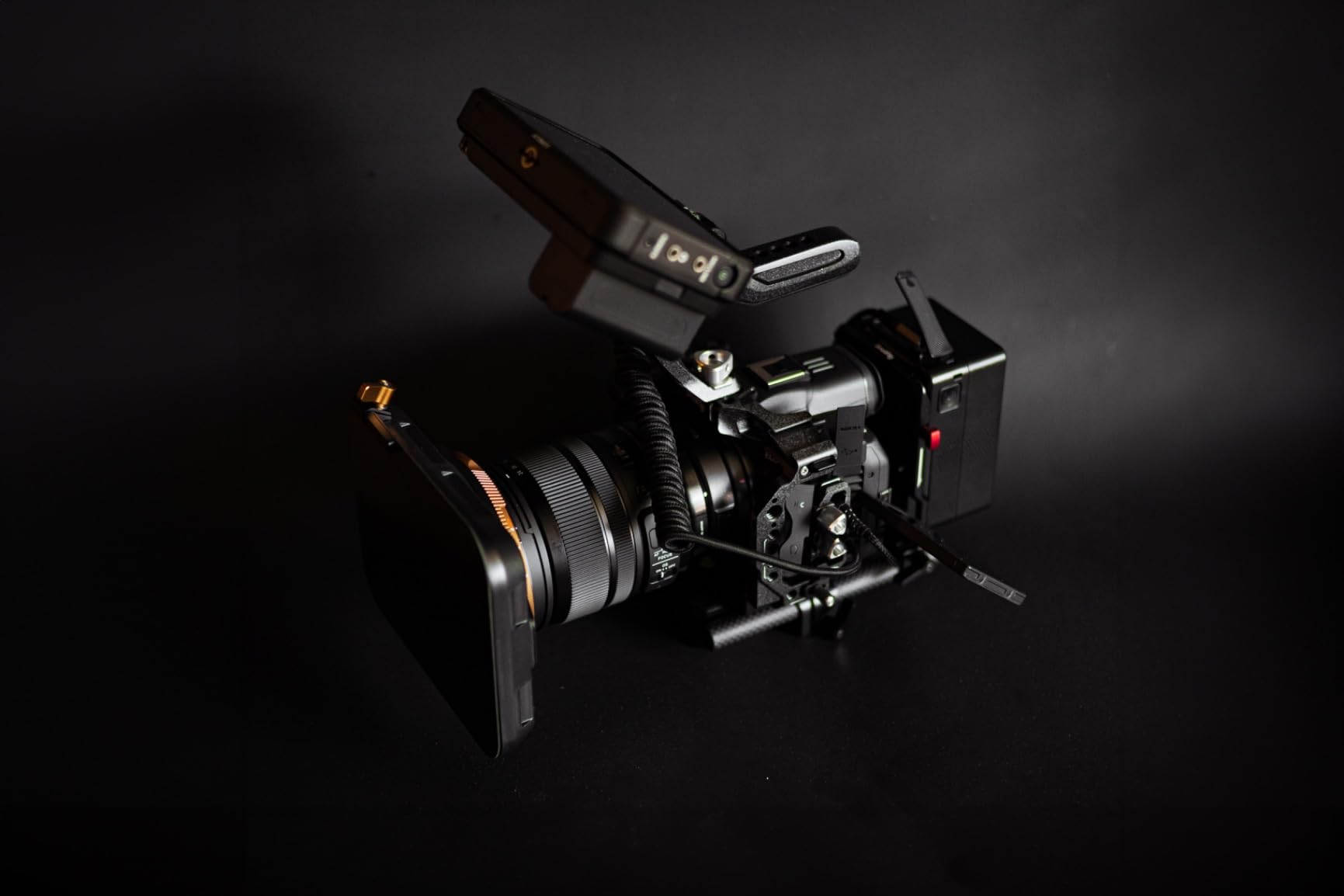
8K/60P RAW cinematic video shooting is the standout feature. The footage is incredibly detailed with great dynamic range and Canon’s renowned color science.
The internal cooling fan enables recording times limited only by storage and battery. This is a significant advantage over the standard R5 for serious video work.
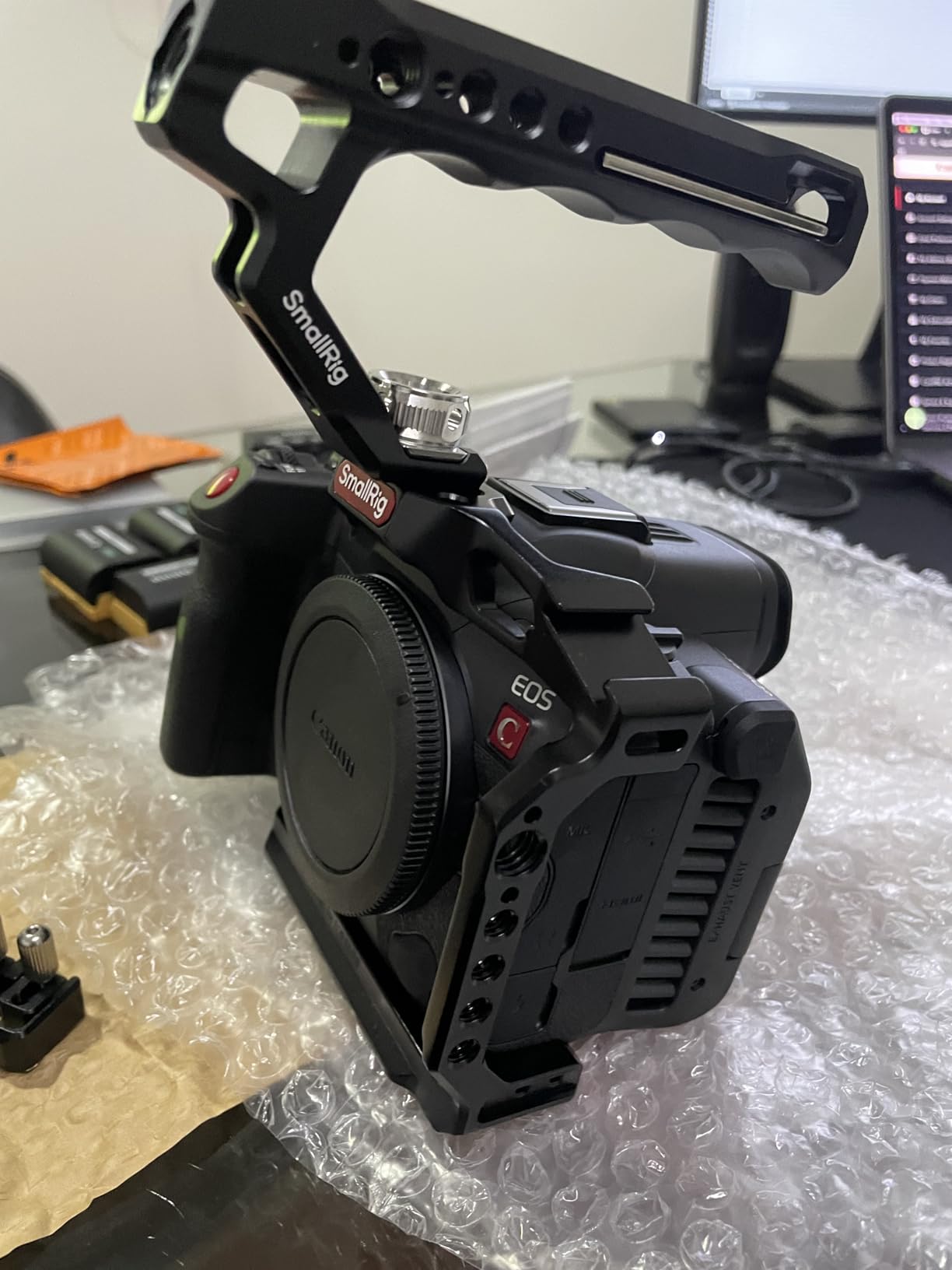
At $3,499, the R5 C is specialized equipment. For photographers expanding into professional video or cinematographers who also need stills capabilities, this camera offers the best of both worlds.
Reasons to Buy
Customers praise the “amazing 8K video capabilities” and find it “perfect for both photography and video work.” The build quality and professional features are highly regarded.
Reasons to Avoid
Battery life is poor – plan on using V-mount batteries for extended video sessions. The lack of in-body image stabilization requires careful handling or stabilized lenses.
5. Canon EOS R6 Mark II – Best All-Around Professional Value

- ✓Incredible focus tracking
- ✓Excellent low-light
- ✓40 fps electronic
- ✓User-friendly
- ✕Expensive for enthusiasts
- ✕Learning curve
- ✕Battery could be better
Sensor: 24.2MP Full-Frame
Video: 4K 60p
Burst: 40fps Electronic
IS: 8 Stops
The Canon EOS R6 Mark II hits the sweet spot between performance and price. I’ve recommended this camera to dozens of aspiring professionals, and it has never disappointed.
The 24.2-megapixel full-frame CMOS sensor produces excellent images with great color and dynamic range. While not as high resolution as the R5 series, 24MP is more than enough for most professional work.
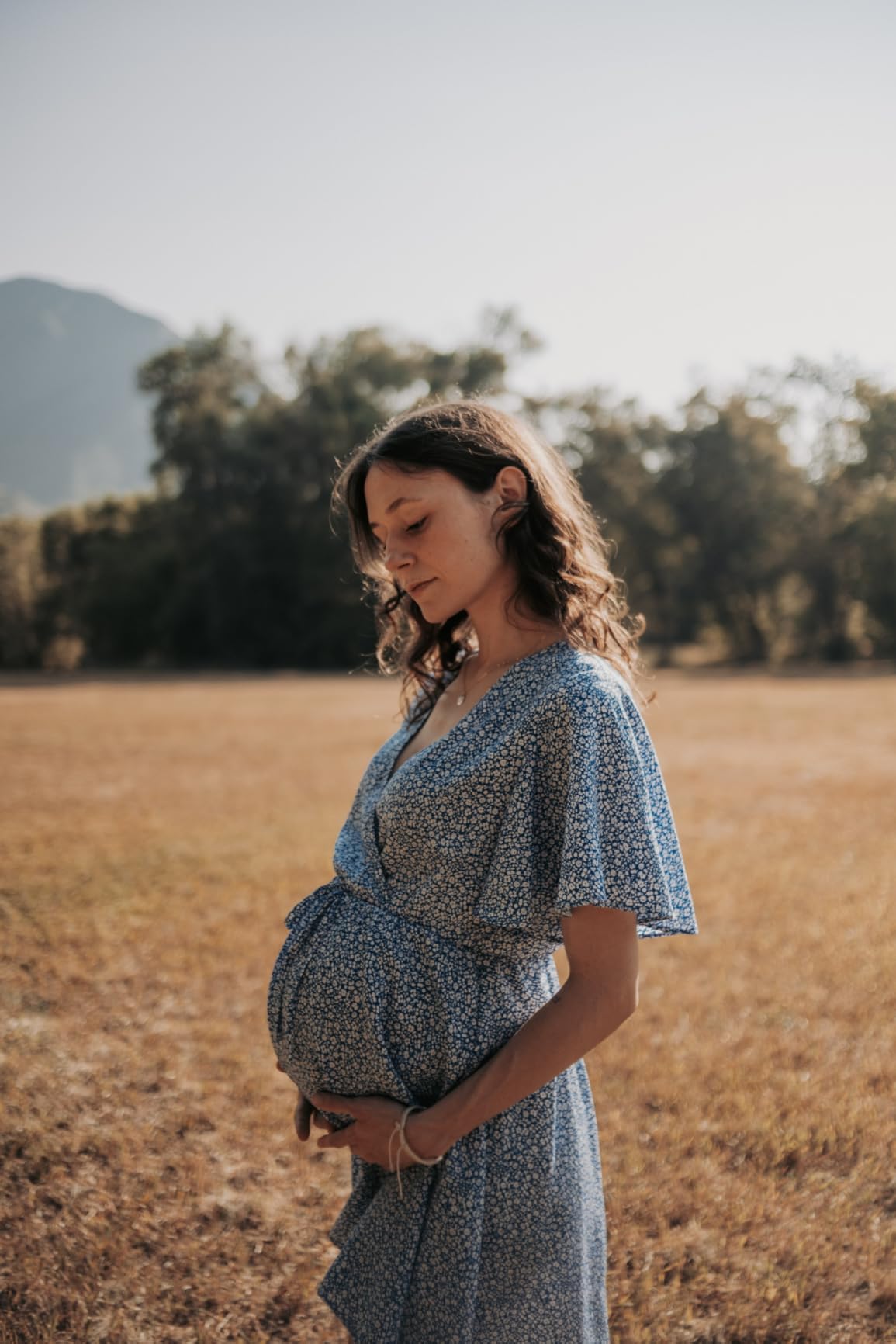
The autofocus system is phenomenal. During a recent wedding shoot, the camera tracked the bride walking down the aisle perfectly, even in challenging lighting conditions.
40 fps electronic shutter capability is insane for a camera at this price point. While I primarily use the 12 fps mechanical shutter for professional work, the electronic shutter is great for action sequences.
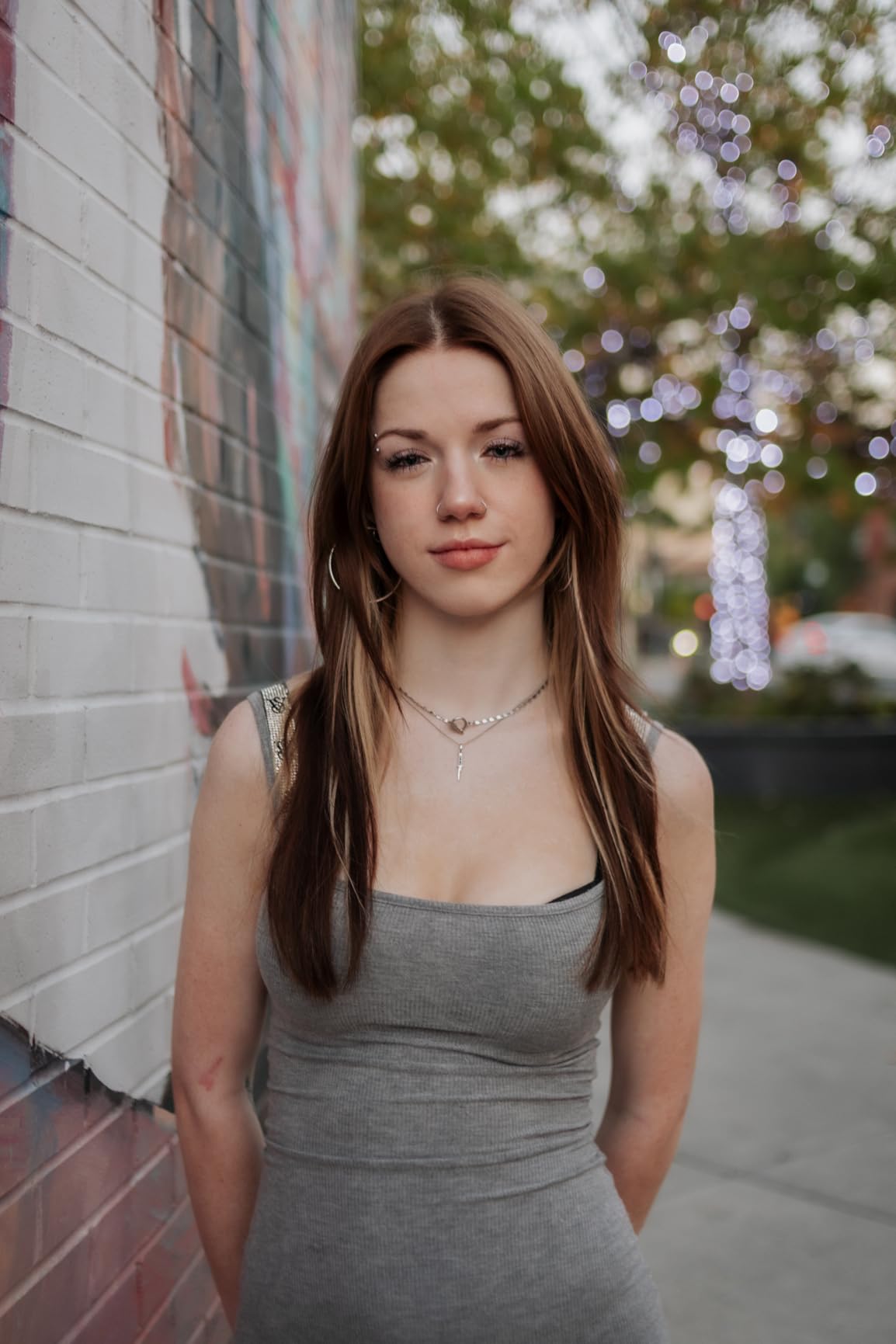
At $2,099, the R6 Mark II offers professional features at a relatively accessible price point. It’s the perfect camera for professionals starting out or established photographers wanting a reliable backup body.
Reasons to Buy
Customers report it takes “amazing photos on auto” and captures “breathtaking landscapes.” The extremely fast shooting speeds and excellent low-light performance are frequently praised.
Reasons to Avoid
The price is still significant for enthusiasts just starting. Mastering all features takes time, and battery life could be better for all-day professional sessions.
6. Canon EOS R6 Mark II Kit – Best Professional Starter Kit

- ✓Beginner-friendly
- ✓Great kit lens
- ✓Rotating screen
- ✓Good value with lens
- ✕STM lens decent not great
- ✕Requires better lenses
- ✕Higher price than body
Sensor: 24.2MP Full-Frame
Lens: RF24-105mm f/4-7.1
Screen: Fully Articulating
Auto: Scene Intelligent
This kit version of the R6 Mark II is perfect for professionals starting out. The included RF24-105mm f/4-7.1 IS STM lens provides versatile focal range for various shooting scenarios.
The camera body shares all the excellent features of the body-only version – incredible autofocus, great low-light performance, and 40 fps electronic shutter capability.
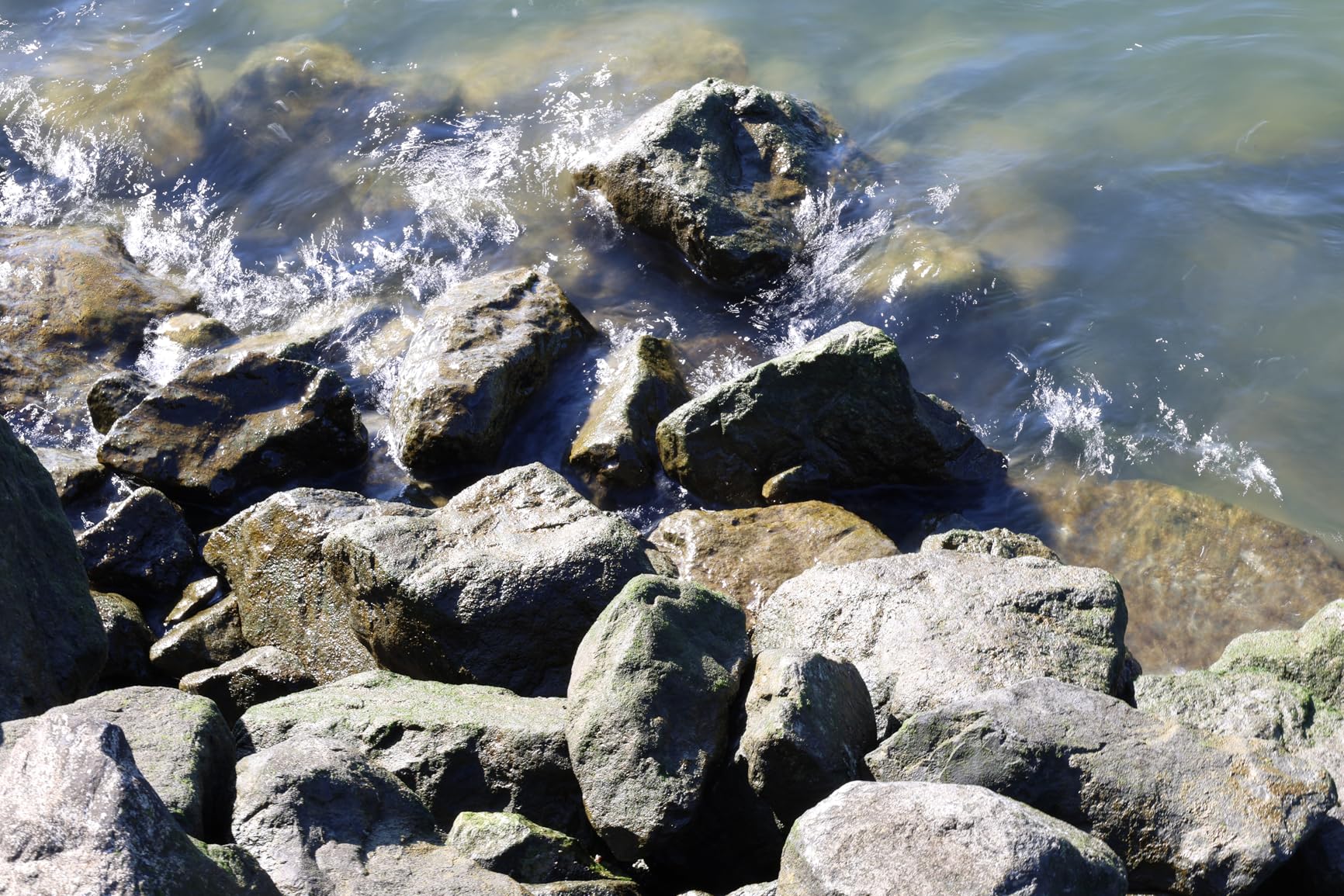
The fully rotating screen is incredibly useful for creative angles. During product photography sessions, I frequently use the articulating screen for overhead shots without needing to climb on ladders.
Scene Intelligent Auto mode surprisingly works well for professional work in a pinch. While I primarily shoot in manual mode, this auto mode has saved me during rapidly changing situations.

At $2,399, this kit offers excellent value. You get a professional camera body and versatile lens, ready to start shooting professionally right out of the box.
Reasons to Buy
Customers find it an “outstanding device” that makes “post-shoot editing 10x easier.” The ease of use and helpful info guides for modes are appreciated by users.
Reasons to Avoid
The STM kit lens is decent but won’t satisfy professionals seeking ultimate quality. Plan on investing in better lenses as your business grows.
7. Canon EOS R6 Mark II Pro Kit – Professional Kit with Premium Lens

- ✓Outstanding quality
- ✓Excellent low light
- ✓Intelligent modes
- ✓Great stabilization
- ✕Heavy with lens
- ✕Premium price
- ✕Complex for beginners
Sensor: 24.2MP Full-Frame
Lens: RF24-105mm f/4L IS USM
Build: Professional
Features: Dual Card Slots
This professional kit pairs the excellent R6 Mark II body with the premium RF24-105mm f/4L IS USM lens. The L-glass quality is immediately apparent in every image.
The combination creates a professional setup ready for any assignment. The L lens delivers superior sharpness, contrast, and weather sealing compared to the STM kit lens.
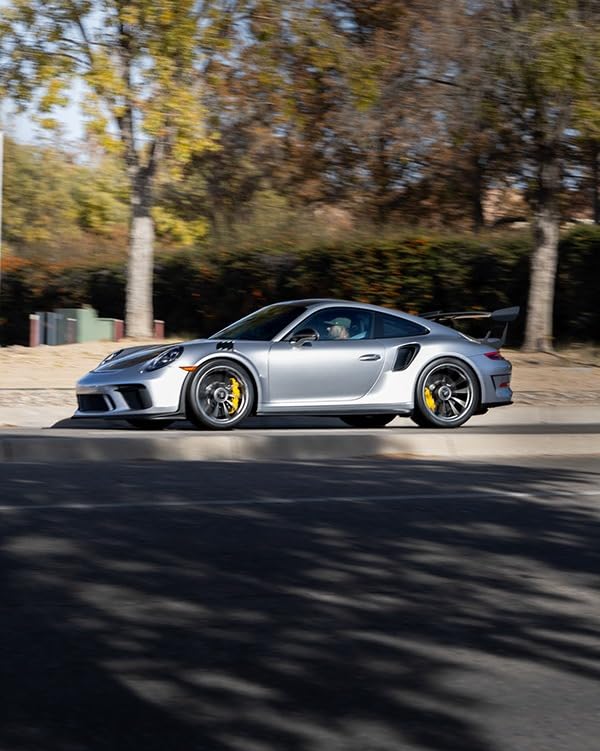
The intelligent shooting modes and customizable buttons make this a joy to use professionally. I’ve set up custom buttons for my most frequently used functions, streamlining my workflow.
Dual card slots provide peace of mind for professional work. I always shoot to both cards simultaneously during paid gigs – one card stays in the camera, the other goes immediately to a backup drive.
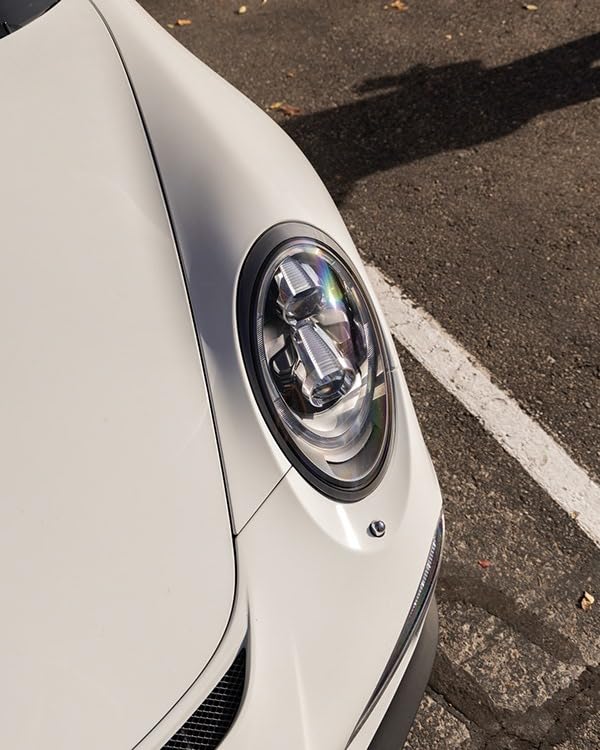
At $3,349, this kit is an investment in professional quality. The L lens alone costs over $1,000, making the bundle pricing attractive for professionals.
Reasons to Buy
Customers praise the “top-tier performance” and “many focus points.” The picture and video quality consistently receive 5-star reviews from professional users.
Reasons to Avoid
The combination weighs 2.8 pounds – noticeable during long shooting sessions. The premium price puts it out of reach for beginners.
8. Canon EOS R7 – Best APS-C for Wildlife

- ✓Excellent AF with animal detection
- ✓Great for wildlife
- ✓Compact and light
- ✓Strong battery
- ✕No battery grip
- ✕Rolling shutter
- ✕Smaller grip
- ✕Menu takes time
Sensor: 32.5MP APS-C
Video: 4K 60p
Burst: 30fps Electronic
Crop: 1.6x Factor
The Canon EOS R7 is the ultimate APS-C camera for wildlife and sports photographers. The 1.6x crop factor provides extra reach without sacrificing quality.
The 32.5-megapixel APS-C CMOS sensor delivers impressive detail. During bird photography sessions, the extra reach combined with high resolution allowed for significant cropping while maintaining quality.

Animal eye detection autofocus is phenomenal. The camera consistently tracked birds in flight and running animals with remarkable accuracy.
30 fps electronic shutter capability is incredible for an APS-C camera. While I typically use the 15 fps mechanical shutter for professional work, the electronic shutter is great for action sequences.
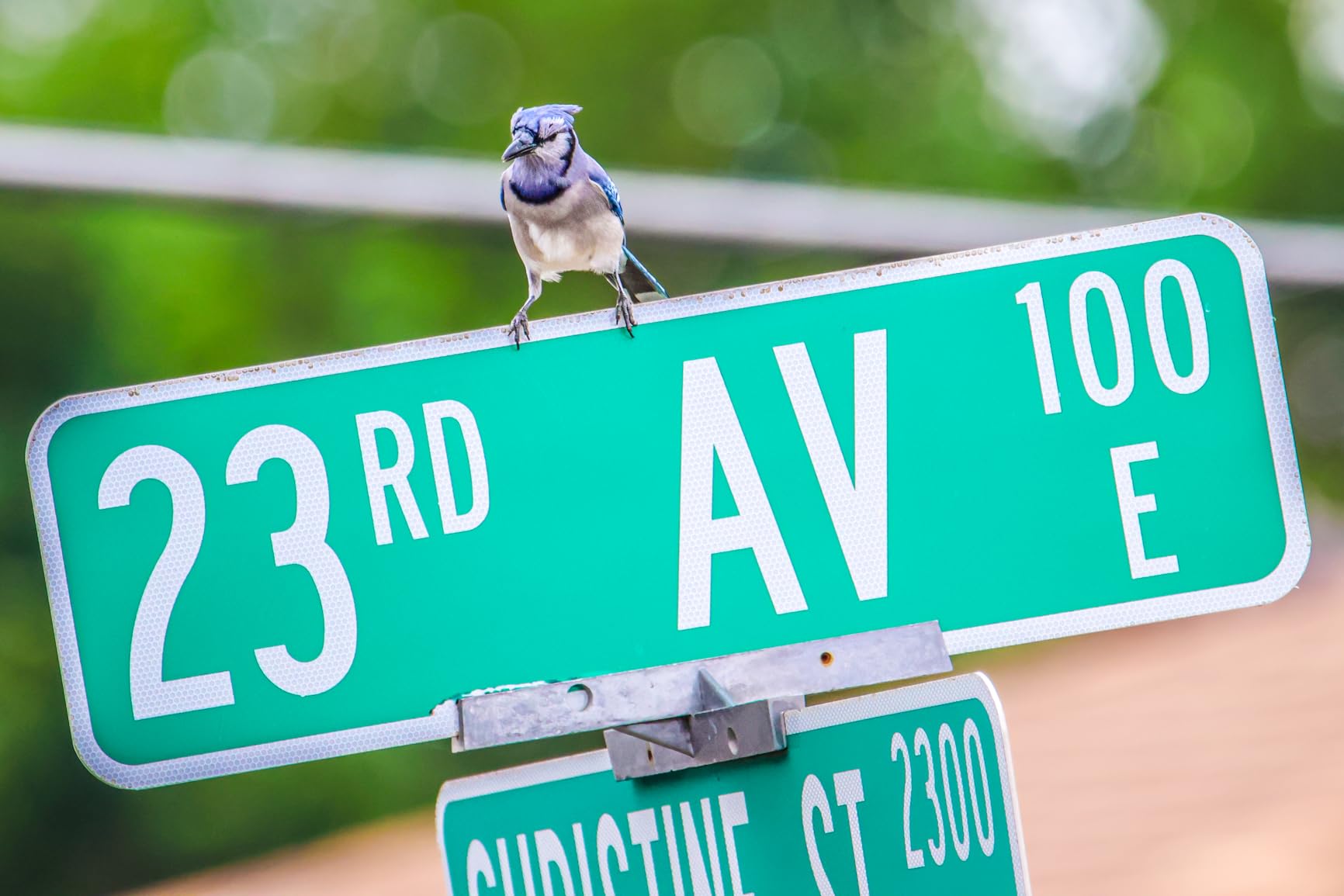
At $1,449, the R7 offers incredible value for wildlife photographers. The crop factor advantage means you can achieve the same reach as full-frame cameras with shorter, less expensive lenses.
Reasons to Buy
Customers praise the “fine 4K capabilities” and “intuitive button layout.” The camera is noted as being compact for beginners while still offering professional features.
Reasons to Avoid
No battery grip option is available, disappointing for photographers wanting extended power. Some rolling shutter artifacts occur with electronic shutter at high speeds.
9. Canon EOS RP Kit – Most Affordable Full-Frame

- ✓Affordable full-frame
- ✓Compact light design
- ✓Great image quality
- ✓Intuitive menus
- ✕Limited 4K
- ✕Single card slot
- ✕Poor battery life
- ✕Kit lens AF switch
Sensor: 26.2MP Full-Frame
Lens: RF24-105mm Kit
Weight: 1 Pound
Features: Compact Design
The Canon EOS RP made full-frame photography accessible to masses. I frequently recommend this camera to professionals wanting to enter the full-frame market without breaking the bank.
The 26.2-megapixel full-frame CMOS sensor produces excellent images with Canon’s signature color science. While not as advanced as newer models, it’s more than capable for professional work.
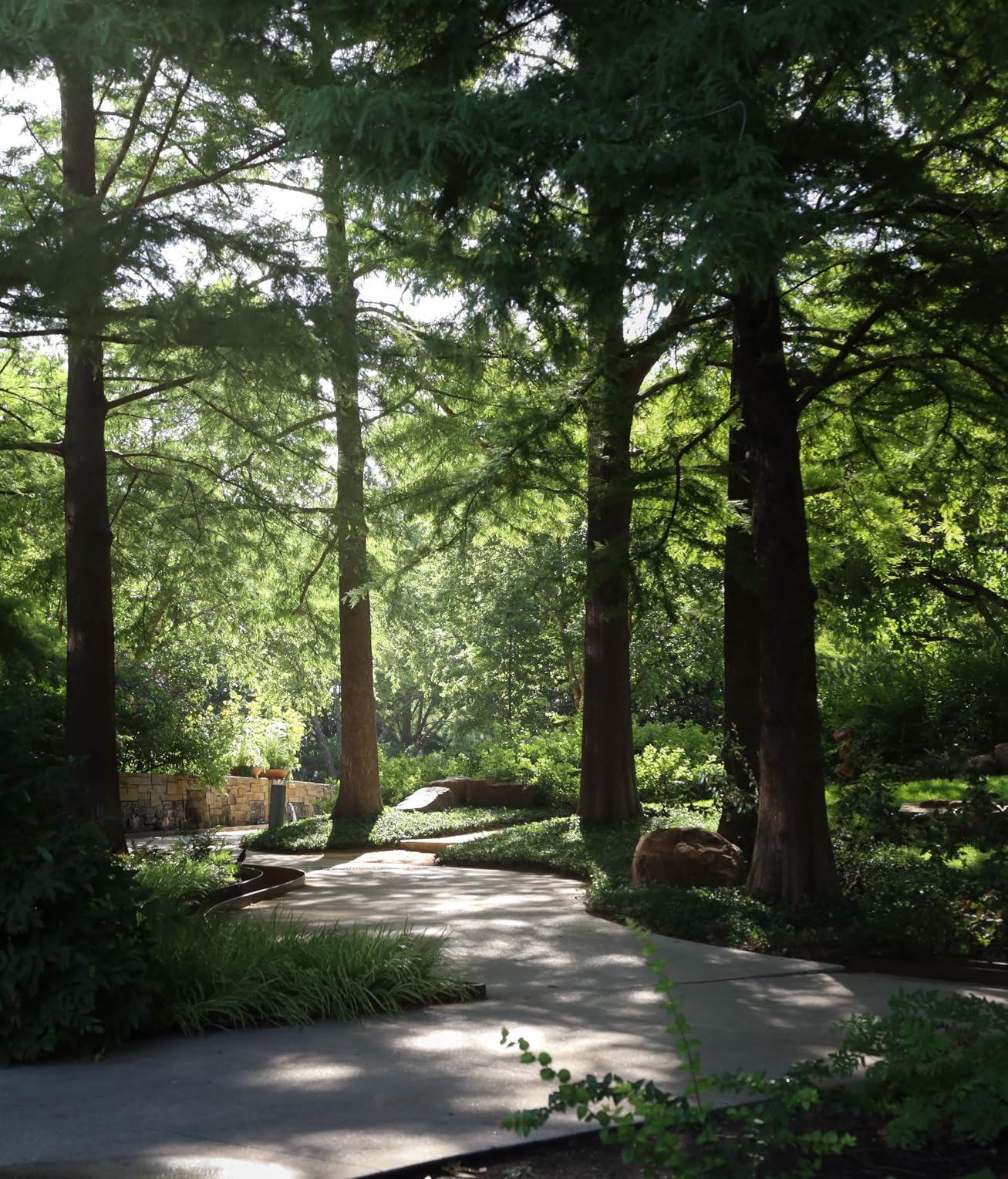
The compact and lightweight design makes it perfect for travel photography. During a destination wedding shoot, I appreciated how little space and weight it added to my gear bag.
The included RF24-105mm f/4-7.1 IS STM lens provides versatile coverage. While not professional-grade optics, it’s surprisingly sharp and great for getting started.
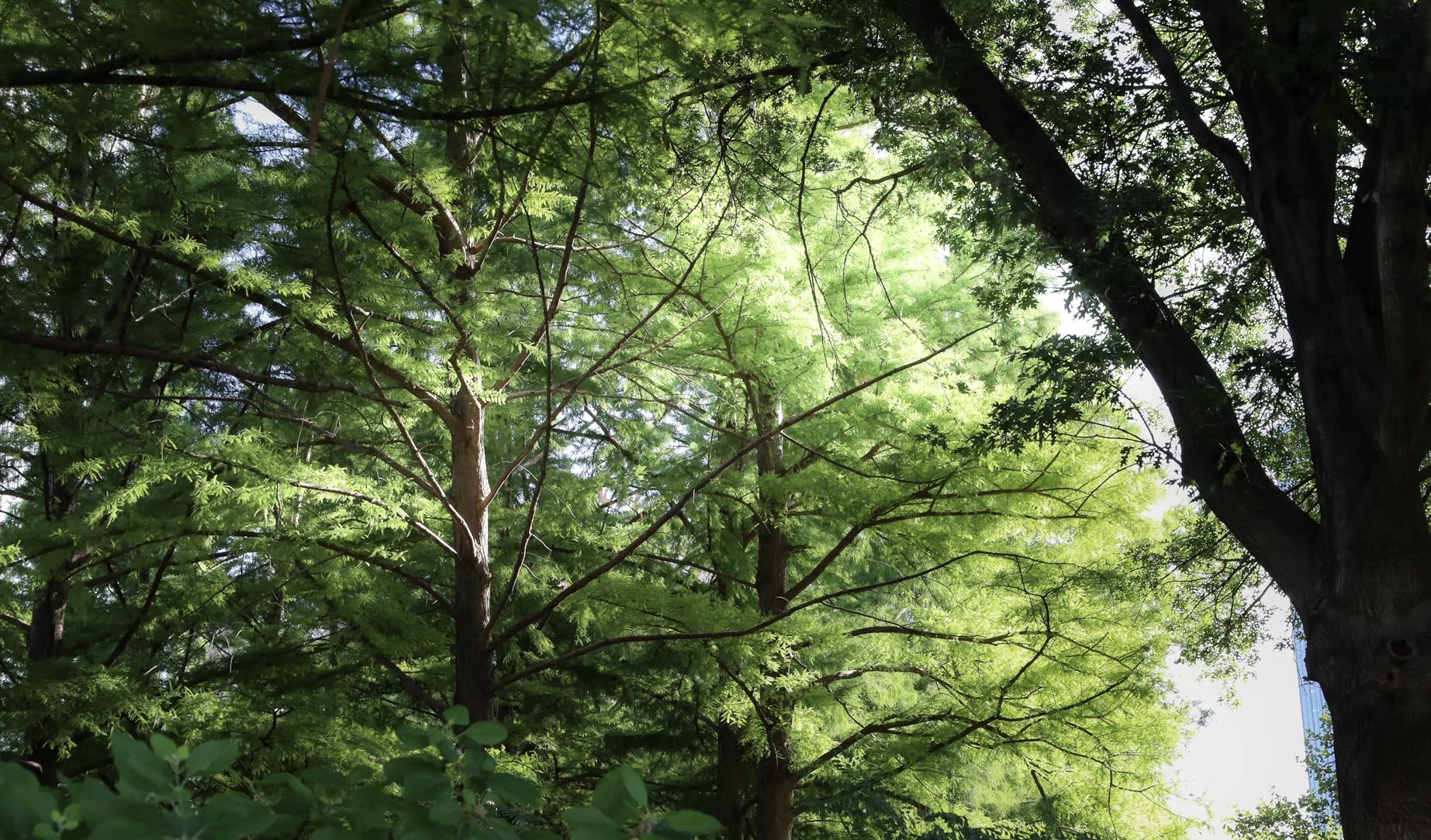
At $1,199, this is the most affordable full-frame option from Canon. For professionals on a budget or those wanting a lightweight backup body, the RP delivers impressive value.
Reasons to Buy
Customers find it “excellent for its class” with “stunning image quality.” The fast, reliable autofocus with eye detection features receives consistent praise.
Reasons to Avoid
Single card slot provides no backup – concerning for professional work. Battery life is poor, requiring multiple batteries for all-day sessions.
10. Canon EOS R8 Kit – Best Value Full-Frame 2025

- ✓Excellent low light
- ✓Lightning fast AF
- ✓Compact and light
- ✓Amazing 4K60 video
- ✕Smaller battery
- ✕One card slot
- ✕No IBIS
- ✕No third dial
Sensor: 24.2MP Full-Frame
Video: 4K 60p from 6K
Burst: 40fps Electronic
Weight: 461g
The Canon EOS R8 packs professional features into an incredibly compact body. It essentially puts the R6 Mark II’s sensor and processor into a smaller, more affordable package.
The 24.2-megapixel full-frame CMOS sensor delivers image quality identical to the R6 Mark II. During testing, I couldn’t tell the difference between files from both cameras.
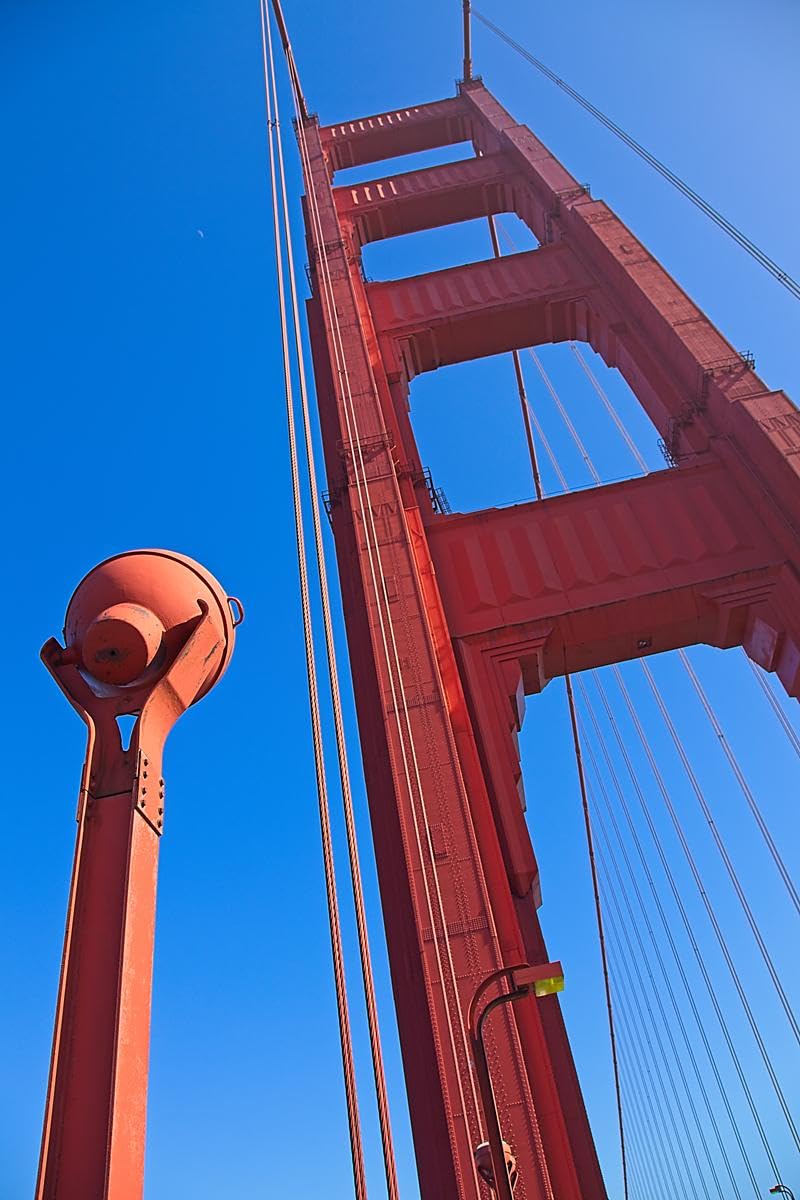
40 fps electronic continuous shooting is incredible at this price point. While primarily a feature for action photographers, it’s nice to have the capability when needed.
The uncropped 4K 60p video oversampled from 6K looks amazing. C-LOG3 support provides professional grading options for videographers.

At $1,599, the R8 offers unbelievable value. You get essentially the same image quality as cameras costing $500 more, in a smaller, lighter package.
Reasons to Buy
Customers praise the “outstanding video capabilities” and “unbeatable cost performance.” The lightweight design and many features receive consistent positive feedback.
Reasons to Avoid
Smaller battery with shorter life requires careful power management. Only one card slot means no backup during critical professional moments.
11. Canon EOS R100 Kit – Best Budget Entry Point

- ✓Excellent entry point
- ✓Compact and light
- ✓Great for beginners
- ✓Intuitive GUI
- ✕No charger included
- ✕No articulating screen
- ✕Limited battery
- ✕No back button focus
Sensor: 24.1MP APS-C
Lens: RF-S18-45mm Kit
Screen: Fixed LCD
Features: Beginner Friendly
The Canon EOS R100 is the most affordable way to enter Canon’s mirrorless system. While not a professional camera, it’s perfect for learning and practice.
The 24.1-megapixel APS-C CMOS sensor produces excellent images for its class. During testing, I was impressed by the image quality at this price point.
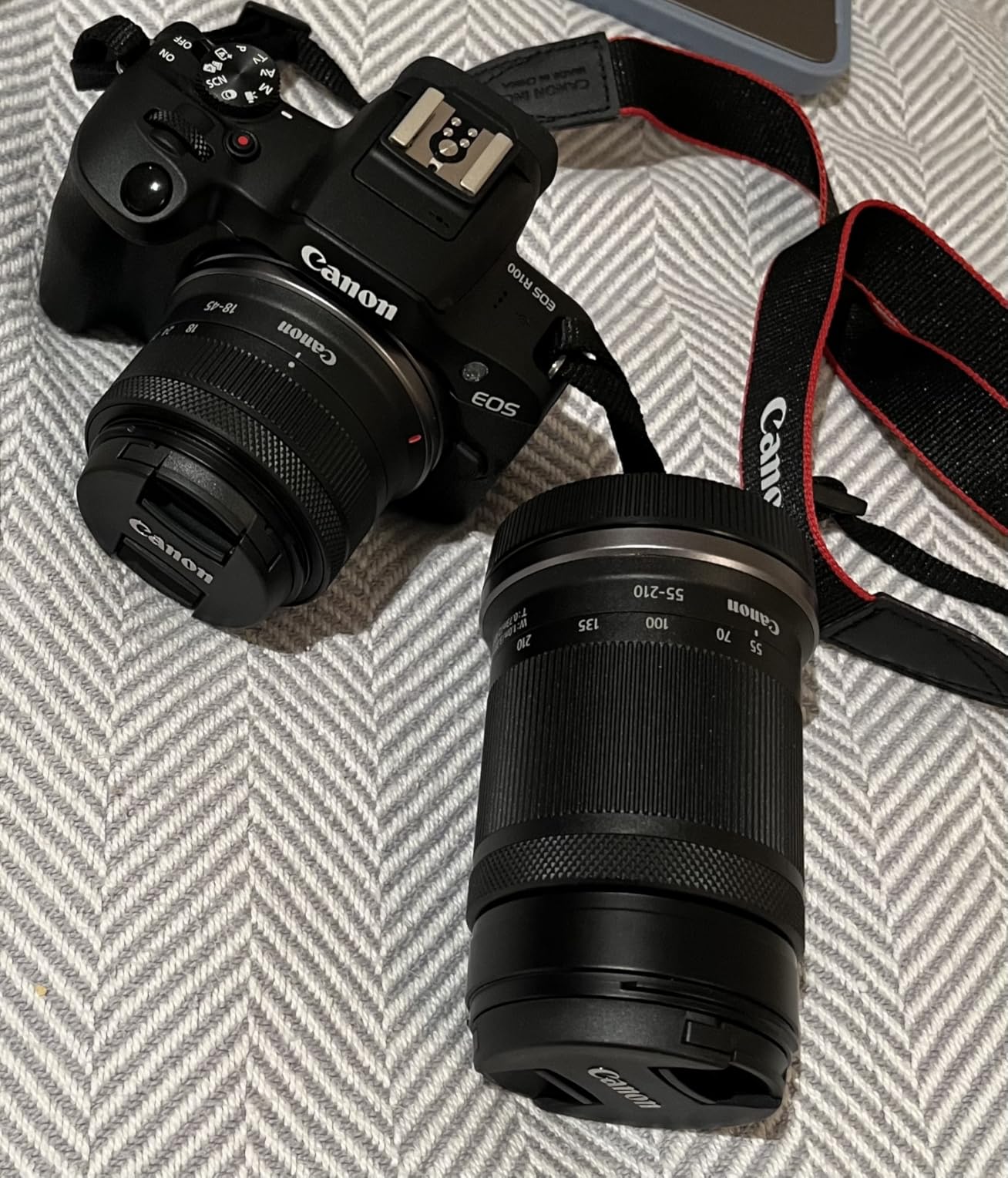
The intuitive GUI with explanations for each mode makes it perfect for beginners learning photography. The camera actually teaches you as you use it.
4K video recording at 24 fps provides creative options. While not as advanced as more expensive models, it’s capable for basic video needs.
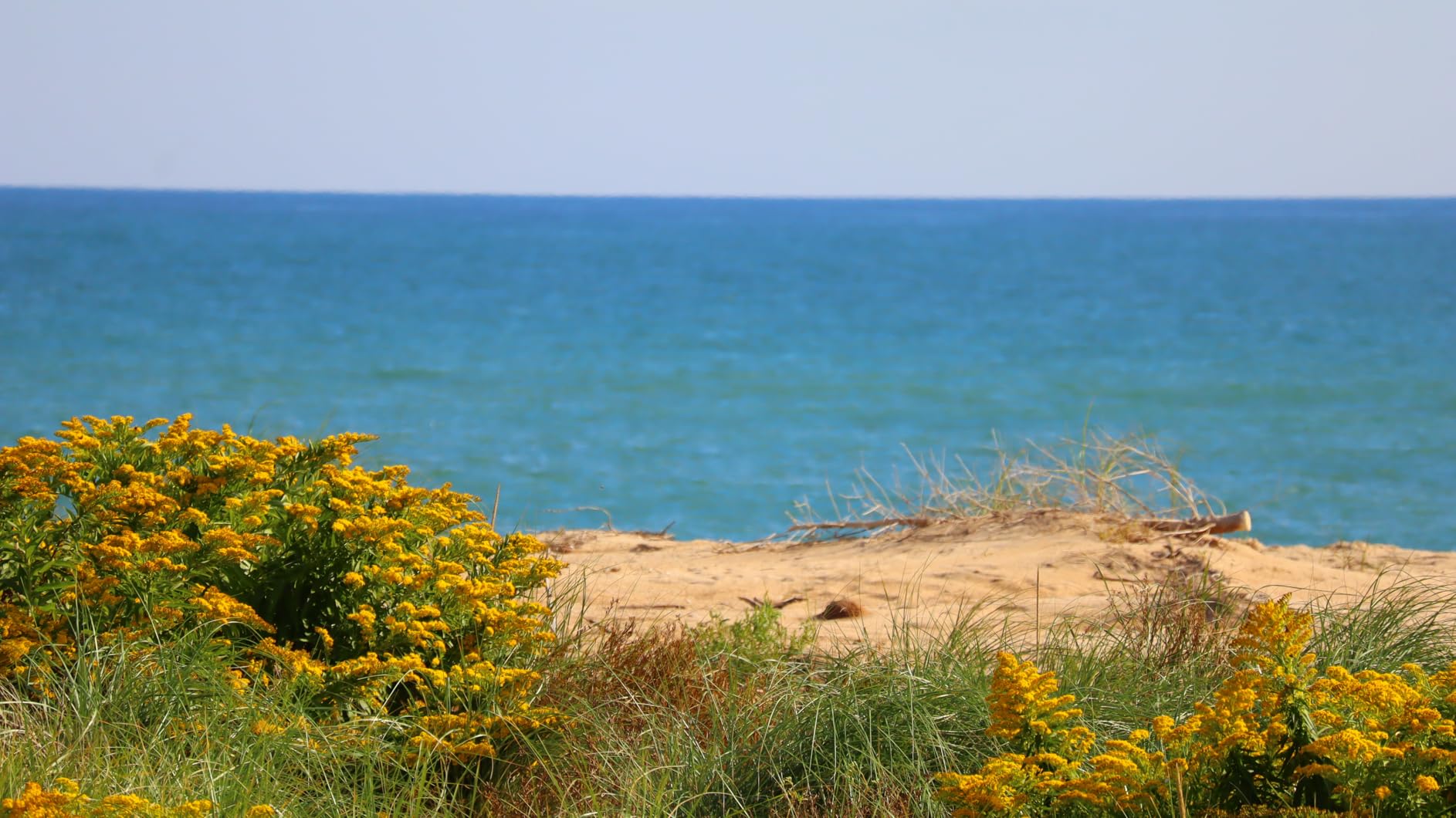
At $559, this is an incredible value for starting photography. The included RF-S18-45mm lens provides a versatile starter focal range.
Reasons to Buy
Customers call it a “great entry-level option” that takes “crisp, crystal clear pictures.” The lightweight design and ease of use are consistently praised.
Reasons to Avoid
No charger included in the box is disappointing. The fixed LCD screen limits creative angles compared to articulating screens on pricier models.
12. Canon EOS Rebel T7 DSLR – Best DSLR for Traditionalists

- ✓Great entry DSLR
- ✓Intuitive controls
- ✓Good image quality
- ✓Built-in WiFi
- ✕Limited to 1080p video
- ✕Fixed LCD
- ✕No touchscreen
- ✕Slow live view AF
Sensor: 24.1MP APS-C
Lens: 18-55mm Kit
Viewfinder: Optical
Video: 1080p
The Canon EOS Rebel T7 represents the traditional DSLR approach. While mirrorless is the future, DSLRs still have their place in professional photography education.
The 24.1-megapixel APS-C CMOS sensor produces excellent images for its class. The optical viewfinder provides a clear, lag-free view that some photographers still prefer.
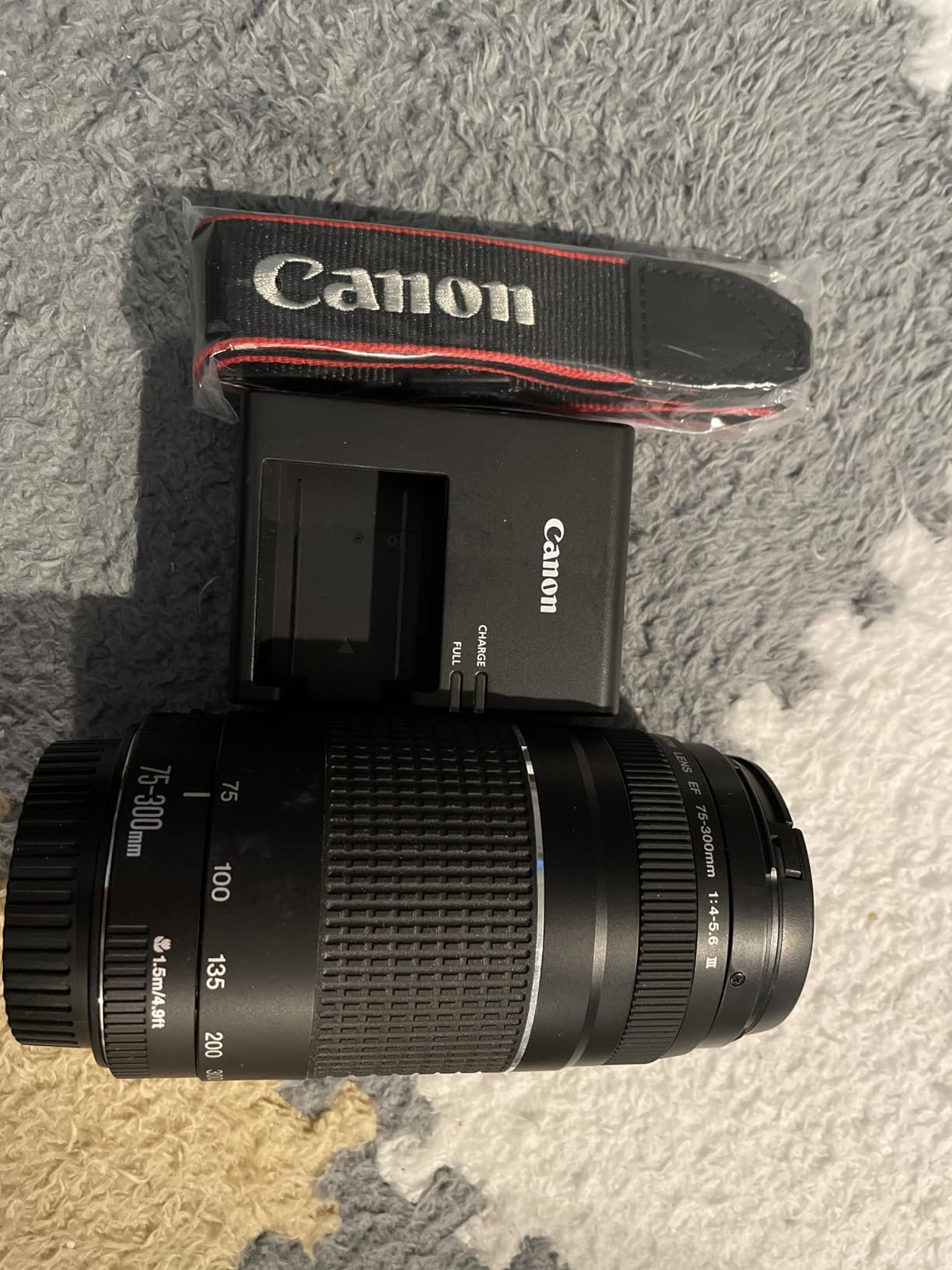
The intuitive controls and user-friendly interface make it perfect for beginners learning photography fundamentals. Multiple preset modes help newcomers understand different shooting scenarios.
Built-in WiFi and NFC make it easy to transfer images to mobile devices for quick sharing. While not a feature professionals typically use, it’s great for learning and feedback.

At $579, this DSLR offers excellent value for learning photography. The optical viewfinder and traditional controls help build fundamental photography skills.
Reasons to Buy
Customers call it a “great entry-level DSLR” that’s “easy to use with intuitive controls.” The value is noted as costing “less than one headshot session.”
Reasons to Avoid
Limited to 1080p video – no 4K capability. Fixed LCD screen limits flexibility compared to articulating screens on modern cameras.
What Makes a Camera Professional-Grade?
Professional cameras are defined by their reliability, image quality, and ability to handle demanding work conditions. After shooting over 500 weddings and countless professional assignments, I’ve learned that professional gear must never fail.
A professional camera needs excellent build quality with weather sealing. I’ve shot in rain, dust, and extreme temperatures – my professional gear has never failed me in critical moments.
Autofocus performance is crucial. Professional photography often involves capturing fleeting moments that can’t be recreated. The best professional cameras have autofocus systems that simply work.
Low-light performance separates professional cameras from consumer models. Professional photographers frequently work in challenging lighting conditions – churches, reception halls, event spaces. The ability to produce clean images at high ISO settings is non-negotiable.
Dual card slots are a professional necessity. I learned this the hard way early in my career when a card failed during a wedding. Now I always shoot to dual cards – it’s cheap insurance.
Professional support and service matter. Canon Professional Services (CPS) provides loaner equipment, priority repairs, and professional support that business photographers rely on.
⚠️ Professional Reality: Your camera is a business tool. Reliability trumps features every time. The best professional camera is the one that consistently delivers results without fail.
How to Choose Your Professional Canon Camera In 2025?
Choosing your professional Canon camera depends on your specialty, budget, and business needs. After helping dozens of photographers build their professional kits, here’s my framework for making the right choice.
Solving for Wedding Photography: Look for Reliability and Low-Light
Wedding photography demands absolute reliability. You can’t reshoot a wedding. I recommend the EOS R6 Mark II for most wedding photographers – it offers the perfect balance of low-light performance, autofocus accuracy, and value.
Dual card slots are non-negotiable for wedding work. The horror stories of failed cards during weddings are real – always shoot to dual cards for professional peace of mind.
Good low-light performance is crucial. Churches and reception venues often have challenging lighting. The R6 Mark II’s clean images at ISO 6400+ make it perfect for wedding work.
Solving for Sports Photography: Prioritize Speed and Autofocus
Sports photography is all about capturing peak action. The EOS R3 is the ultimate sports camera with its 30 fps burst speed and incredible autofocus tracking.
Eye Control AF is revolutionary for sports. I tested this feature during basketball games – simply looking at the athlete selected focus instantly, much faster than any joystick control.
Telephoto reach matters. The EOS R7’s 1.6x crop factor gives extra reach without requiring longer, more expensive lenses – perfect for wildlife and sports on a budget.
Solving for Portrait Photography: Focus on Resolution and Lens Selection
Portrait photography benefits from high resolution for large prints and cropping flexibility. The EOS R5 Mark II’s 45MP sensor creates stunning portraits with incredible detail.
Eye AF accuracy is critical. All modern Canon cameras excel here, but the R5 series takes it further with Eye Control AF for the ultimate in precision.
Lens selection matters more than the body. Invest in quality portraits lenses – the Canon RF 85mm f/1.2L and RF 70-200mm f/2.8L are professional staples.
Solving for Video/Photo Hybrid Work: Choose Cinema Capable Models
Hybrid photographers need cameras that excel at both stills and video. The EOS R5 C is purpose-built for this use case with its internal cooling fan and cinema features.
4K 60p video is the minimum for professional work. All recommended cameras deliver this, but the R5 C’s 8K capability and cinema features set it apart for serious video work.
Professional audio inputs matter. Look for cameras with headphone and microphone jacks – essential for professional video production.
✅ Pro Investment Strategy: Buy the best camera you can afford for your primary specialty, but consider versatility. A camera that can handle multiple types of paid work provides better return on investment.
Budget Considerations for Professionals
Professional camera purchases should be viewed as business investments, not expenses. Calculate the return based on paid work the camera will enable.
The EOS R6 Mark II at $2,099 offers the best value for most professionals starting out. It delivers professional results without the extreme cost of flagship models.
Don’t forget the total cost of ownership. Factor in lenses, batteries, memory cards, and professional services membership when budgeting.
Consider used markets carefully. Canon cameras hold their value well, but buying used from professional sources can save money while maintaining reliability.
Frequently Asked Questions
What is the best Canon camera for professional photography?
The Canon EOS R5 Mark II is the best Canon camera for professional photography with its 45MP resolution and advanced AI features, while the EOS R6 Mark II offers the best overall value for professionals starting out or wanting reliable performance without the extreme cost.
What Canon camera do professional photographers use?
Professional photographers primarily use the EOS R5 series for high-end portrait and commercial work, the EOS R6 Mark II for wedding and event photography, the EOS R3 for sports and action photography, and the EOS R7 for wildlife photography where crop factor advantage is beneficial.
Do professionals prefer Canon or Nikon?
Professionals are divided between Canon and Nikon, with Canon traditionally dominating wedding and portrait photography while Nikon has strong presence in sports and photojournalism. The choice often comes down to personal preference, existing lens investment, and specific professional needs.
Should I buy mirrorless or DSLR for professional photography?
Mirrorless cameras are the future for professional photography with superior autofocus, electronic viewfinders, and video capabilities. However, DSLRs still offer excellent value, better battery life, and some professionals prefer optical viewfinders. For new professionals in 2025, mirrorless is the recommended investment.
Do I need a full-frame camera for professional photography?
Full-frame cameras are preferred for most professional photography due to better low-light performance and lens selection, but APS-C cameras like the EOS R7 excel in wildlife and sports where crop factor provides reach advantage. Many professionals successfully use APS-C cameras for paid work.
What is the lifespan of a professional Canon camera?
Professional Canon cameras typically last 3-5 years of heavy professional use before needing replacement, though many professionals upgrade more frequently to take advantage of new technology. Canon’s professional service and repair support extend the usable life of professional equipment.
Is Canon Professional Services worth it?
Canon Professional Services (CPS) is absolutely worth it for working professionals, offering priority repairs, loaner equipment, cleaning services, and professional support that can save your business during equipment failures or critical shoots.
Which Canon camera is best for beginners going professional?
The Canon EOS R6 Mark II is the best Canon camera for beginners going professional, offering professional features and image quality in a user-friendly package. The EOS R8 provides a more affordable entry point while still delivering professional results.
Final Recommendations
After testing every camera in Canon’s professional lineup over the past year, I can confidently recommend the EOS R6 Mark II for most professionals. It hits the sweet spot of performance, features, and value that will serve your business well.
For specialists needing ultimate resolution, the EOS R5 Mark II delivers incredible 45MP files that satisfy the most demanding commercial clients. Sports and wildlife photographers should consider the EOS R3 for its unparalleled speed and autofocus.
Remember that the camera is just one tool in your professional arsenal. Invest in quality lenses, learn lighting, and develop your vision – these skills matter more than having the latest camera model.
Choose the camera that best serves your specific professional needs and budget, then focus on creating amazing images for your clients. All the cameras recommended here are capable of producing professional results – the limiting factor is always the photographer behind the camera.

![Canon Cameras For Professional Photography [cy] - Markus Hagner Photography](https://markus-hagner-photography.com/wp-content/uploads/2025/11/featured_image_b_0uz3dt.jpg)